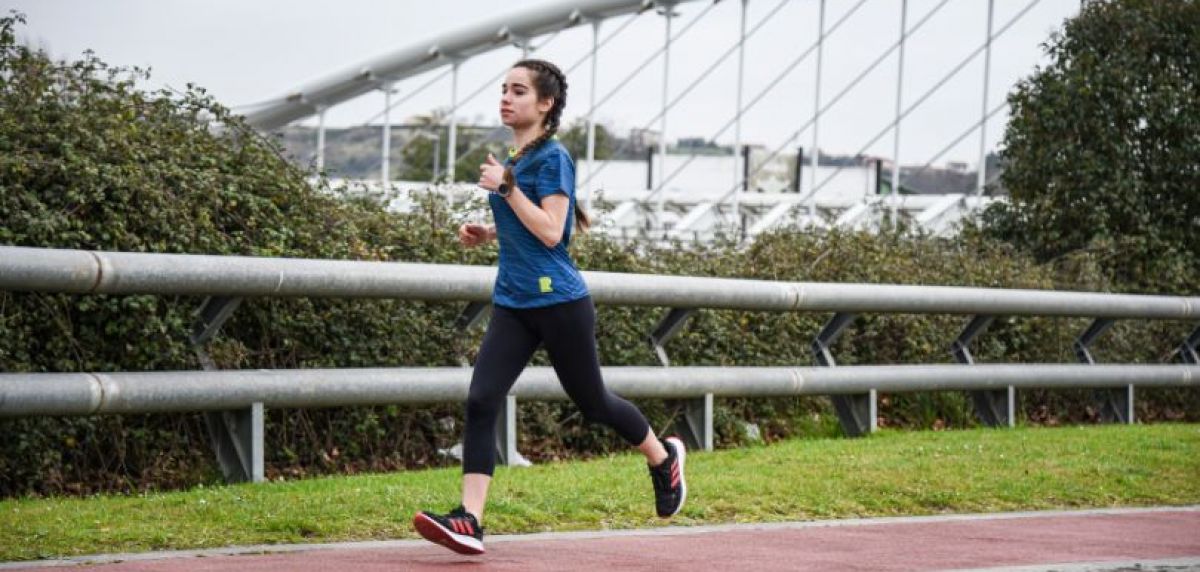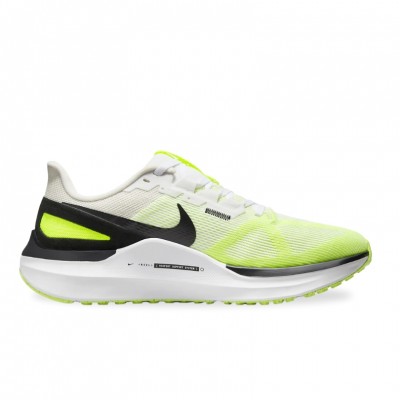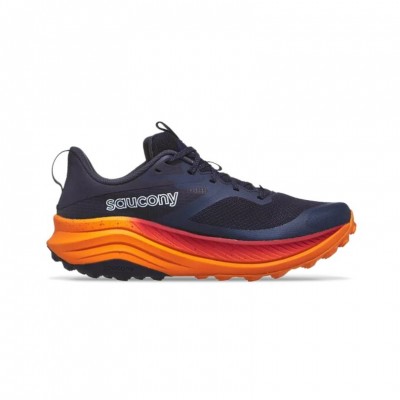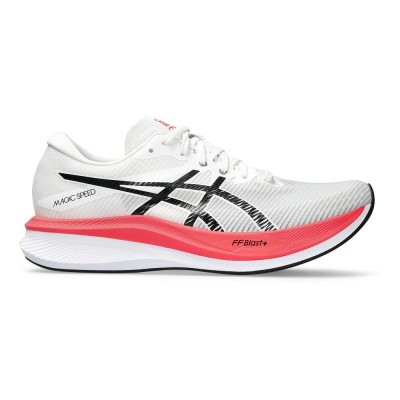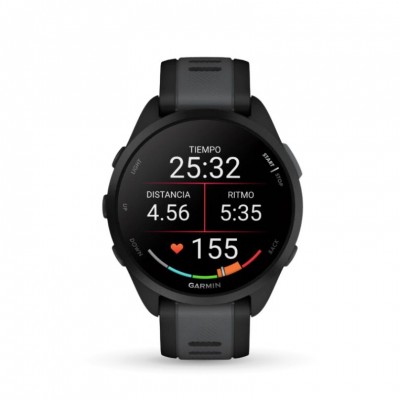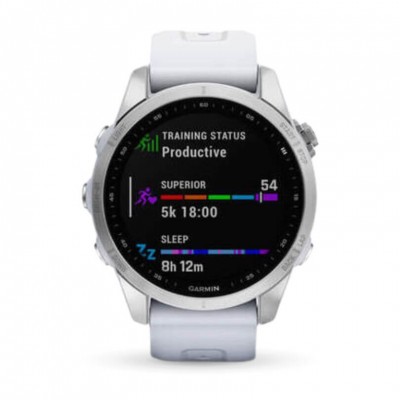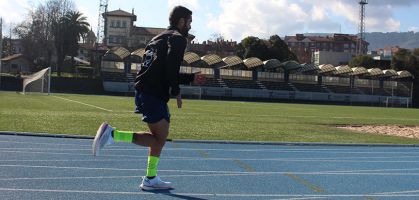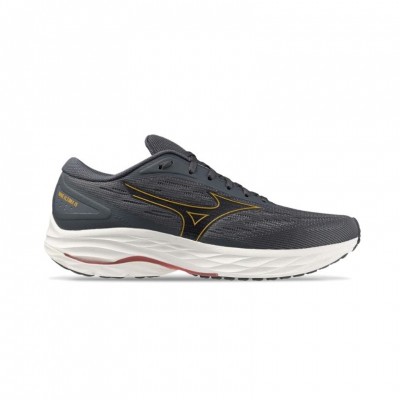Running has no limits. Not at least in terms of the distance you can run. The human body is prepared to move, both walking and running. Our survival instinct, even if it has been reduced generation after generation, still allows us to run over distances that, from a rational point of view, present an enormous complexity on a physical and psychological level.
Due to the philosophy of "the more the distance, the better is" and the multitude of people on social networks who boast of their achievements, sometimes, without proper preparation or planning, has led to a "desire effect" to run at all costs an event like the marathon. Only to receive "social recognition".
Within this circle, sometimes vicious, of increasing the distance of our sporting challenges, the most common and questionable leap is to go from 21k to 42k. Running twice the distance is a challenge of maximum demand that means to consider many conditions. Unfortunately, there are many cases in which mistakes are made when going from running a half marathon to running a marathon.
A marathon is much more than the sum of two half marathons.
This means that the first marathon experience is sometimes a negative adventure and not at all advisable due to the appearance of all kinds of obstacles both in the training process and in the race itself. Luckily, at RUNNEA we have come to the rescue to tell you about the most common mistakes and help you take the step from 21 to 42k, avoiding such common episodes.
Moving from 21k to 42k: the 8 most common mistakes and how to avoid them
If in your backpack of sporting achievements is that one of being able to finish one or more half marathons and you are considering making your debut in the queen distance, keep in mind these common mistakes and tips to avoid them.
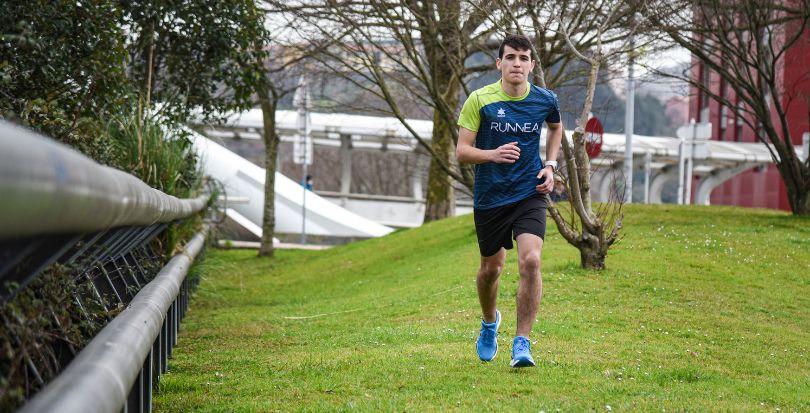
Lack of respect
Although it is not a purely sporting aspect, it is the biggest mistake that is made. As more and more runners from all over the world complete a marathon , it can give the impression that it is a challenge within the reach of all runners. Nothing could be further from the truth. Even if we have previously run a 21k, the 42.195km require a different physical and mental planning adapted to the distance.
Extrapolating our half marathon time and multiplying it by 2 is one of the most typical mistakes. As much as we are capable of finishing a half marathon with margin and good sensations, thinking that we are going to be able to resist the same pace for another 21 kilometers is something that not even the best athletes can do. And if it were possible to achieve, it would require many years of training and superior fitness.
One of the things that sets the marathon apart is the appearance of the wall phenomenon. An episode that appears between kilometers 25 and 35 of the discipline. It is a moment where there is a physical or mental block, or both, in which it becomes almost impossible to continue with the pace. As the name suggests, it is like hitting a wall all at once.
Facing experiences like the wall and managing the physical and psychological suffering in the last third of a marathon are factors that are not really taken into account when signing up for the 42k. Or what is worse, those who have directly lost respect for them.
Does it really pay to finish a marathon walking for many kilometers or dragging your body to the brink of exhaustion?
High volume of kilometers
Although it may seem contradictory, the excessive increase of kilometers is a more than usual fact among runners who plan to run their first marathon. Thinking that by doubling the distance, our daily and weekly mileage must also increase exponentially is a typical mistake.
If you did 50-60 km per week to prepare for a 21k, you should not run 100-120 km per week to properly prepare for a 42k.
It is better to train with quality rather than quantity, prioritizing variety in your training sessions, working on all types of workouts such as running, fartlek, series, hills or long run.

An excessive volume of kilometers increases the risk of injury, as well as slowing down the process of improving physical condition and interfering with the recovery process.
Too few kilometers
Just as high volume is detrimental, not training a minimum mileage will also result in an inability to perform well in the marathon. The risk of being used to preparing shorter distances is that the number of weekly distance as well as the weekly frequency may be reduced.
One of the most important factors in order to have an optimal performance in the 42k is to put our body to tolerate high volumes of kilometers both in the session itself and in the weekly sum. This is the key for the body to learn to function in the presence of neuromuscular fatigue, as well as being useful as mental training.
It would be advisable to perform at least 4 running sessions per week and have the ability to add a minimum of 40-50 kilometers per week.
Expectations too high
In the era of records, marks and the almost obligatory use of heart rate monitors, it is unusual to face a marathon without a time expectation, even if it is the first one. In reality, having a time reference is something positive and convenient because it will help us to establish a concrete and constant pace, but the problem comes when that time expectation is not within the runner's reach.
Lack of experience can cause us to make overly ambitious estimates or calculations, simply because we want to achieve a time at the finish line that we think is adequate for our physical condition. But in the marathon many more factors come into play than the physical qualities themselves, such as experience in similar events, the mental aspect, muscle strength , hydration, nutrition, the circuit or weather conditions.
The selected pace has to be the one that we can really sustain, not the one we want to take. If it is conservative, so much the better.
Lack of competitive pace work
It is possible that in competitions like the 10k or the 21k we have gave everything or we had run only to feel the sensations that our body transmits to us. Doing the same in a marathon is more complicated and less advisable.
The best marathon strategy will be the one that allows us to run at the same speed for as long as possible, avoiding constant acceleration and deceleration.
Choosing, planning and training the pace at which we are going to compete is an aspect of special relevance. Getting the body used to running at a certain pace as well as automating the sensations that running at a certain intensity gives us will improve our energy efficiency in the race, delaying the onset of fatigue.
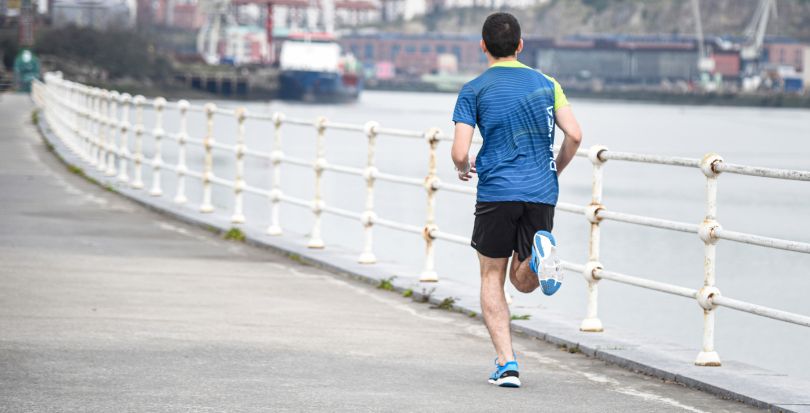
Nutrition/hydration
Not giving due importance to nutrition and hydration is a very common mistake when moving from 21k to 42k. It may be that up to a half marathon distance we can subsist on what is provided at the race refreshment posts or by taking a gel or isotonic drink from time to time. This aspect changes significantly in a marathon.
Preparing the nutrition and hydration strategy will help us to ensure that our energy reserves in the form of glycogen and fats, mainly, do not decline prematurely, in addition to compensating to some extent the loss of body fluids in the form of mineral salts and electrolytes.
An event as demanding as the marathon has the capacity to deplete our fuel, so if we do not provide our body with extra energy, it will be impossible for us to maintain the intensity. It is precisely at the moment of greatest depletion of our muscular and hepatic glycogen that the aforementioned wall phenomenon occurs.
However, it is not enough just to feed and hydrate ourselves well with energy gels, water or isotonic drinks during the competition, but we must also get the body used to ingesting substances in motion. And how is this done? Very easy: by training it beforehand.
A correct tolerance to the ingestion of different foods and liquids will prevent the appearance of any gastrointestinal problems that can ruin all the previous preparation.
Lack of or insufficient strength work
Surely this is something you have heard on many occasions. The inclusion of strength training in marathon preparation will bring us a multitude of benefits. First of all, a stronger musculature will demand less energy, so that we can conserve this fuel to run at the same speed for a longer time or, on the contrary, we can run faster at the same intensity or effort.
A strong body will reduce the likelihood of muscle cramps or discomfort in the last kilometers of the marathon.
Secondly, it will allow us to train more continuously as it reduces the risk of injury. The key is not that we will become much stronger, but simply that the absence of physical discomfort or more severe injuries will help us to complete all training sessions.
Finally, it will also help us increase our confidence level going into the 42k. Although it is not a measurable aspect, quality strength training will be the perfect incentive to be confident in our possibilities, having the total certainty that we will be able to withstand the entire marathon without unexpected events at the muscular and joint level.
Gym trainers
Patience, the mother of science
You never really know when someone is ready to take the leap to the marathon. But the truth is that moving from one discipline to another without competing in at least 5 half marathons or making the leap from one distance to another in less than 2 years would be foolhardy.

As we always say, the first step should be to find the best performance in a given event and when we have explored our limits or, at least, we have mastered the event, take the final step. The leap to the marathon is a process that should be reflected rationally, better if it is with the help or advice of an expert in the field.
One last piece of advice: ignore what others do and the fashion, do what you like and what is important, face the challenges for which you are truly prepared physically and mentally.
Read more news about: Running Training
